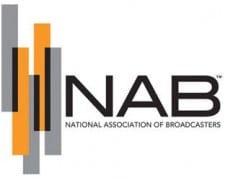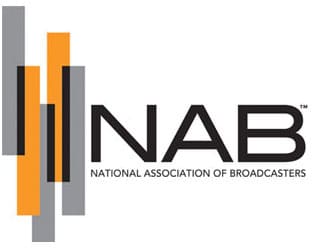 The video marketplace has been in flux since cable became a force to be reckoned with, and the addition of satellite, telco and internet sources has only increased the pace of change. But the National Association of Broadcasters says that free over-the-air broadcast television remains a vital cornerstone of the service.
The video marketplace has been in flux since cable became a force to be reckoned with, and the addition of satellite, telco and internet sources has only increased the pace of change. But the National Association of Broadcasters says that free over-the-air broadcast television remains a vital cornerstone of the service.
Despite the increasing number of options, NAB points out that more houses are getting their television off-air – some 20.7M households, representing 53.8M people and 17.8% of the viewing public. Many of these are minority households.
NAB notes that broadcasters continue to take their responsibility to provide high-quality local news, maintaining high levels of staffing and increased hours of news content.
The introduction of digital and with it multicasting, in addition to making off-air television reception a more attractive option to may consumers, and it has also given birth to new networks, often providing new program options for niche populations.
NAB notes that broadcasters are doing this with a very low concentration of ownership, particularly compared to the consolidation that is present in the MVPD universe. Rules restrict both national and local television ownership levels, and NAB argues that financial pressures on broadcasters are such that some regulatory relief in this area is in order. This includes continuing to allow the practice of stations entering into local arrangements such as JSAs and SSAs.
NAB also argues for retention of the current open-market-based negotiation regimen governing retransmission consent agreements. It said the revenue stream is essential for broadcasters to continue to provide high-quality news, entertainment and emergency content.
NAB concluded, “Free over-the-air broadcast television improves the quantity, quality and diversity of video programming available to all American television households. An increasing number of households rely exclusively on free broadcast signals for news, weather, emergency information and entertainment. A disproportionately high number of these are low income and minority households. Viewers are benefiting from exponential increases in the amount and type of available of broadcast programming, an expanding array of HD content, and the delivery of broadcast signals to portable handheld devices. The retransmission consent process helps ensure that consumers benefit from broadcasters’ programming services, including these developing digital services. By improving their service offerings, broadcasters have remained competitive and viable, in spite of a regulatory regime that limits their ability to develop efficient combinations and attract capital. The Commission should consider regulatory relief with regard to its ownership and attribution rules to permit broadcasters to realize greater efficiencies and investment.”





